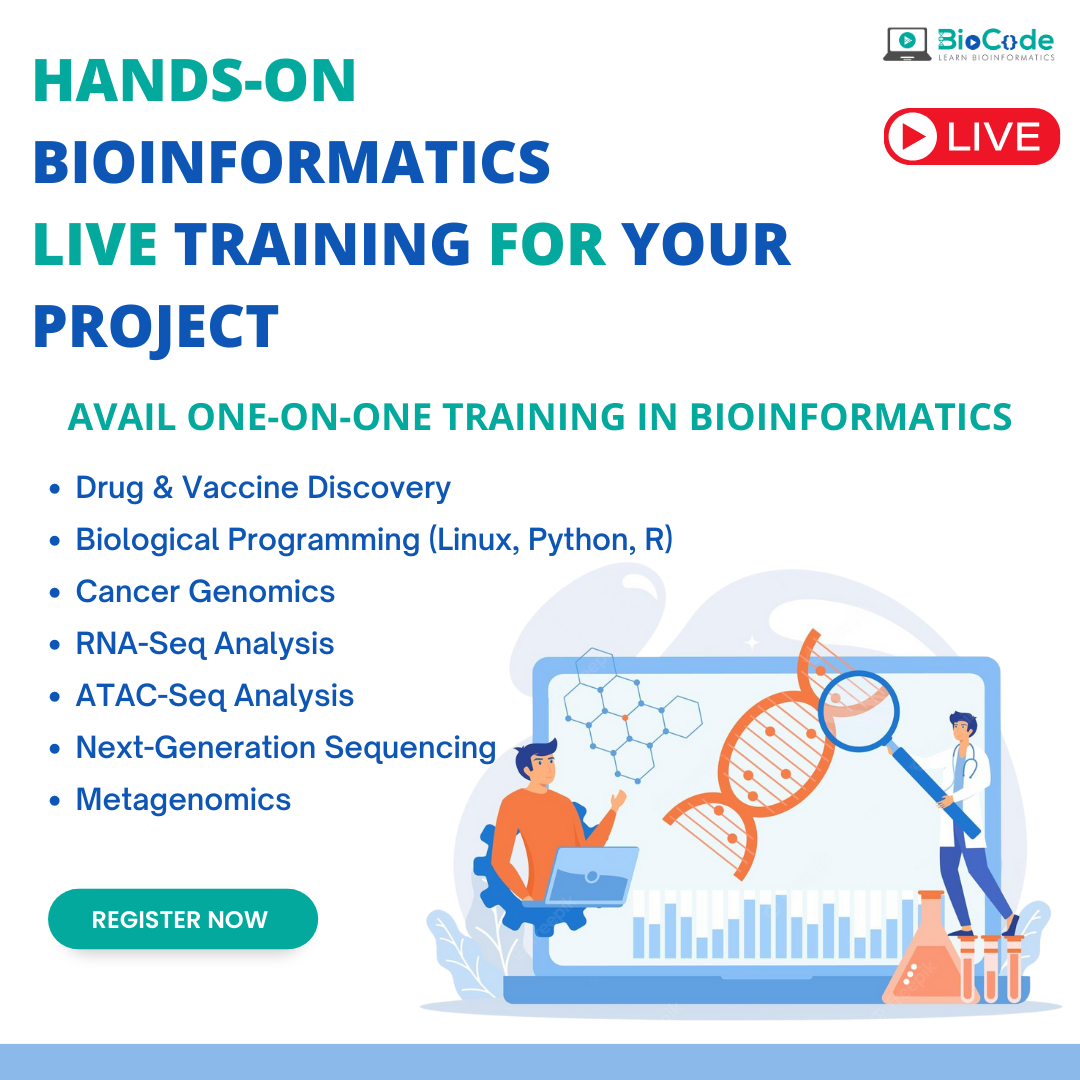Not known Details About Bioinformatics Tutor
Not known Details About Bioinformatics Tutor
Blog Article
The 2-Minute Rule for Bioinformatics Tutor
Table of ContentsSome Known Facts About Bioinformatics Tutor.Bioinformatics Tutor Can Be Fun For AnyoneEverything about Bioinformatics TutorRumored Buzz on Bioinformatics TutorThe Only Guide for Bioinformatics Tutor
Of the total participants associated with the training, 80% were pupils from public greater education and learning establishments, while the continuing to be 20% originated from personal organizations. To qualify for a certification of engagement, trainees were needed to attend at the very least 90% of the complete training hours. As a result of this demand, an impressive 95% of the individuals effectively obtained their certifications, having not just fulfilled the minimum participation criteria yet additionally finished all assigned tasks throughout the training.
During the elevation of the COVID-19 pandemic, specifically in between June and August 2020, the task team was entrusted with organizing specialized training in bioinformatics. This training was specifically aimed at pupils from the research group Core for Research study in Applied Computer at the Federal College of Pará (UFRA) The adaptation to remote discovering systems because of the pandemic created a chance to discover new mentor approaches and electronic devices that boosted both reach and efficiency.
This program was created to offer an accessible yet thorough introduction of Artificial Intelligence methods, particularly as applied in bioinformatics (Bioinformatics Tutor). This online format made it possible for engagement from pupils throughout Brazil, many of whom may not have had the opportunity to attend in-person sessions.
Bioinformatics Tutor Can Be Fun For Everyone
Approximately 50% of the complete training hours were committed to useful tasks where pupils developed smart versions and applications in an array of scientific domain names, including genes, molecular biology, and environmental data analysis. These platforms made it possible for pupils to involve in real-time data manipulation, design training, and formula experimentation.
The course attracted 80 individuals in total amount. Sixty of them were associated with numerous college organizations in the state of Pará, while the continuing to be twenty originated from institutions located in five various other Brazilian states. This broad geographical depiction highlighted the nationwide passion in bioinformatics and the growing need for specialized skills in this field. By presenting Artificial Knowledge in a useful and appropriate context, the effort served to link the space between concept and real-world application, offering trainees with a strong foundation for future study or employment in the area.
The training campaign developed part of a wider scholastic outreach initiative called the Bioinformatics when driving task. This task has, throughout the years, introduced lots of pupils to the globe of bioinformatics and computational biology. The events held under this umbrella initiative have actually occurred throughout numerous areas and years, as summarized in Table 1 (Listing of occasions, locations, years, and total varieties of students and teachers)
Numerous of these teams, originally brought together by their involvement in training occasions, have given that gone on to generate independent scientific research study in partnership with regional academic establishments. The training not only promoted clinical reasoning within the context of bioinformatics yet also triggered collective partnerships that expanded beyond the training environment.
Unknown Facts About Bioinformatics Tutor
The same group, excluding IH and RR, likewise acted as tutors for the functional training modules. Financing for the project was supplied via the grant 88887.200562/ 2018-00 from CAPES.
The Federal College of Pará's Office of Research study (PROPESP/UFPA) additionally provided financial backing, specifically for the production of the last manuscript. The writers declare no financial or commercial conflicts of interest that can have site influenced the study. All point of views and analyses revealed in this post are only those of the writers and do not always mirror those of their corresponding institutions, the publisher, editors, or reviewers included in the publication process.
How Bioinformatics Tutor can Save You Time, Stress, and Money.
From an instructional viewpoint, the mentor strategy used in the training was intentionally interactive. Classes were performed in a fashion that urged trainee involvement and discussion, going beyond memorizing memorization to check out exactly how ideas are developed, used in day-to-day live, and checked in academic setups. The educational approach focused on supporting both solid and struggling students, providing customized support, and structure self-confidence through continual mentorship and perseverance.

Each group, including about 36 individuals, was sustained by three mentors-- many of whom were postdoctoral scientists with specialized experience. These advisors not just helped design the team jobs but likewise facilitated their execution, ensuring that each study concern was both properly tough and appropriate. The goal was to supply a naturally sensible context that participants might explore via open-ended objectives and accessibility to curated datasets.
For extra understandings into the technique and results of this project-based learning strategy, visitors are routed to S1 Text, that includes detailed descriptions of the pedagogical structure, assessment approaches, and project styles used in the training sessions.
Not known Details About Bioinformatics Tutor
Of the overall participants included in the training, 80% were trainees from public greater education and learning establishments, Extra resources while the staying 20% came from private establishments. To certify for a certificate of participation, students were called for to go to at the very least 90% of the total training hours. Notably, past the pupils that signed up in the training sessions, 7 experienced instructors participated in providing the programs, while 3 committed research professors coordinated the overall training process. Around 50% of the overall training hours were devoted to functional activities where trainees built smart versions and applications in a variety of clinical domains, including genetics, molecular biology, and environmental data analysis. The training not just cultivated clinical thinking within the context of bioinformatics however likewise stimulated collaborative relationships that expanded past the training setting.
Report this page